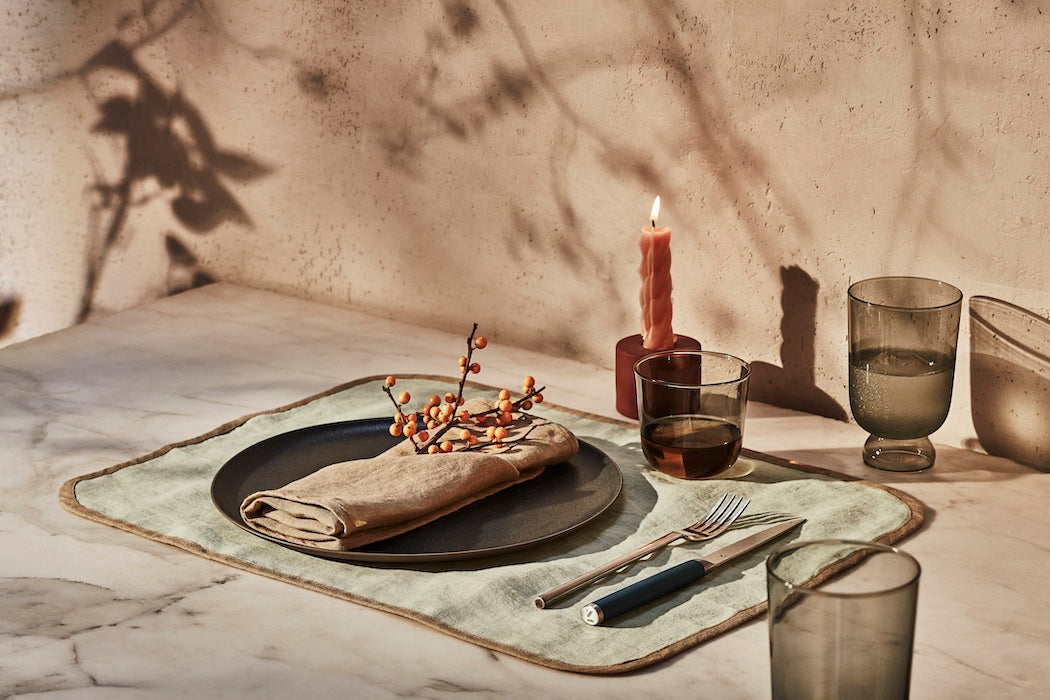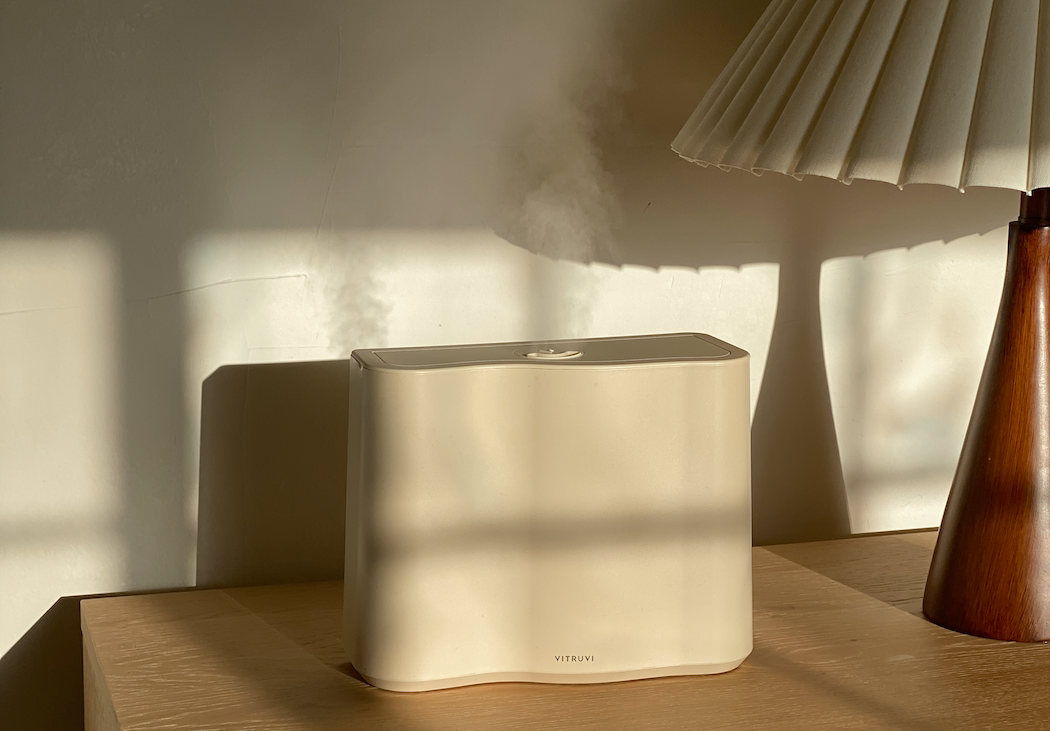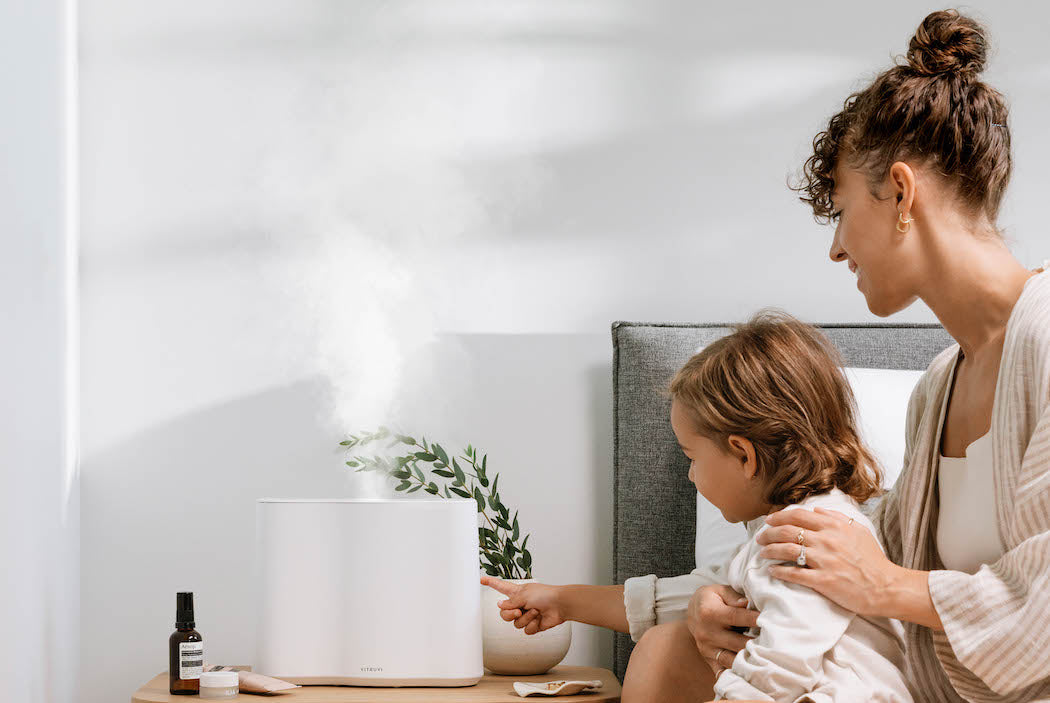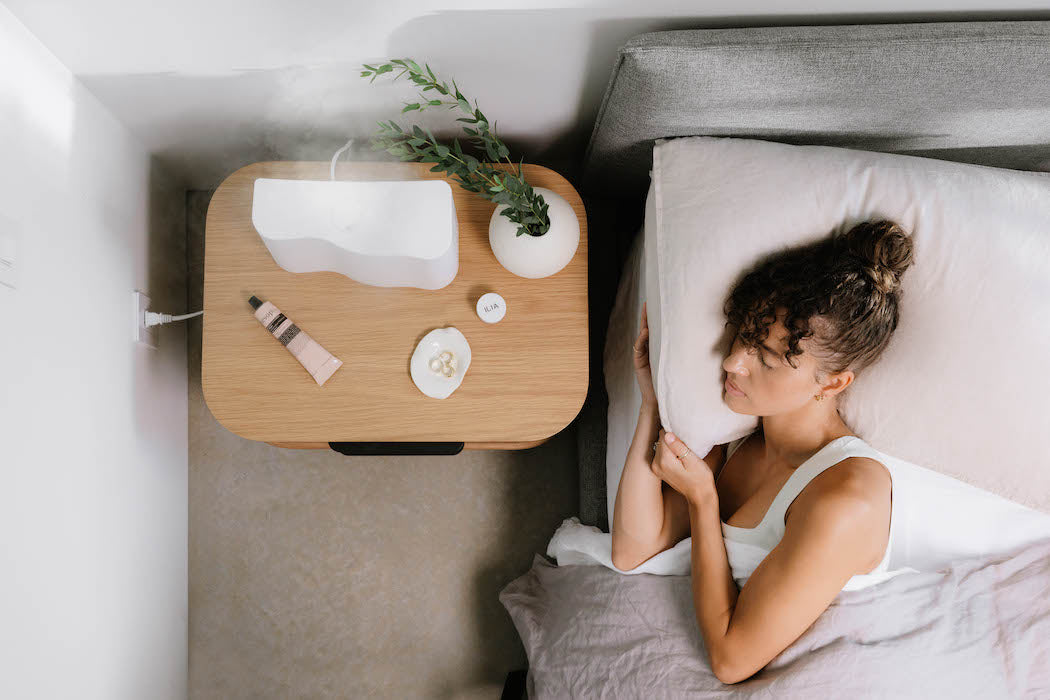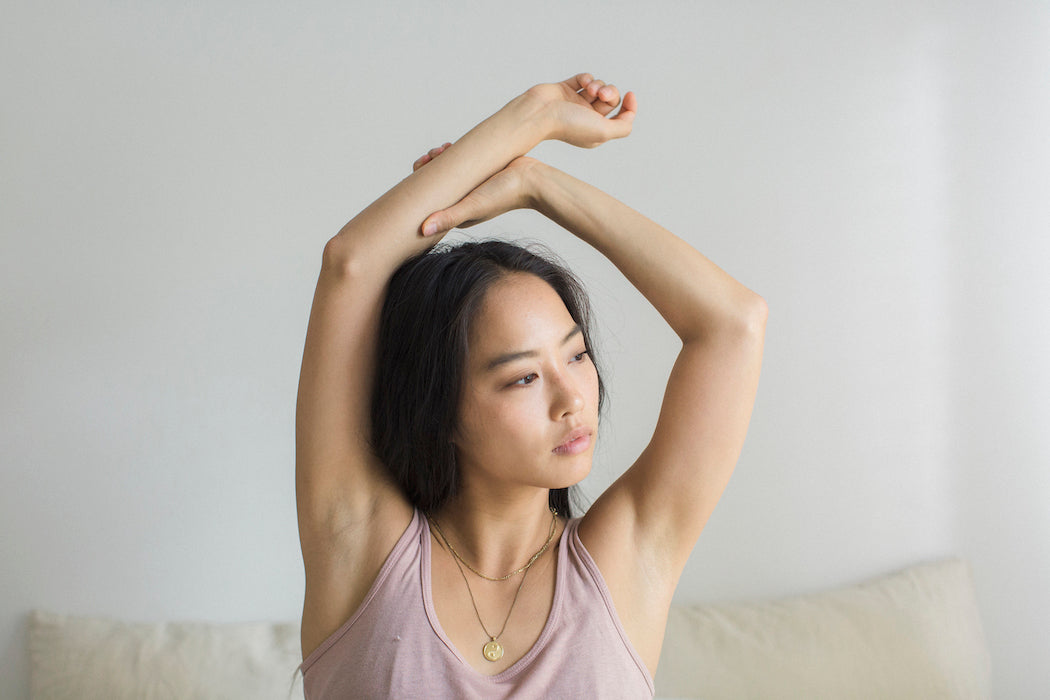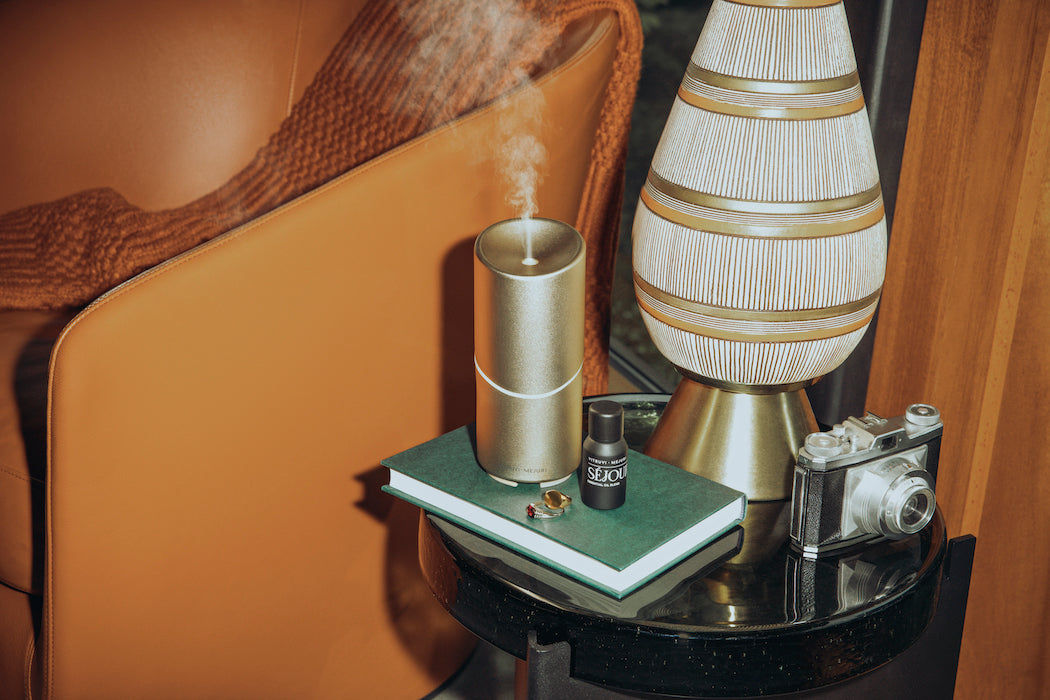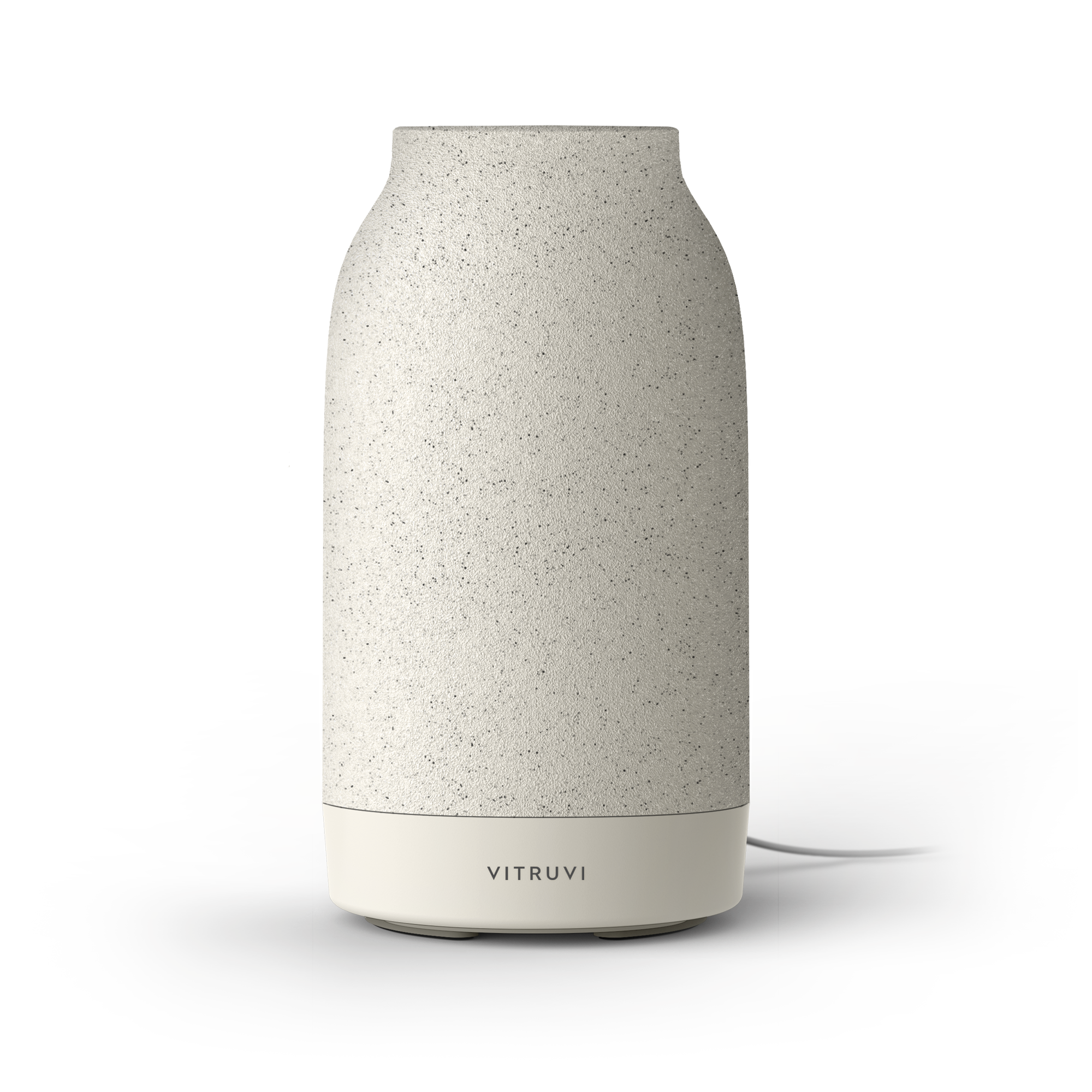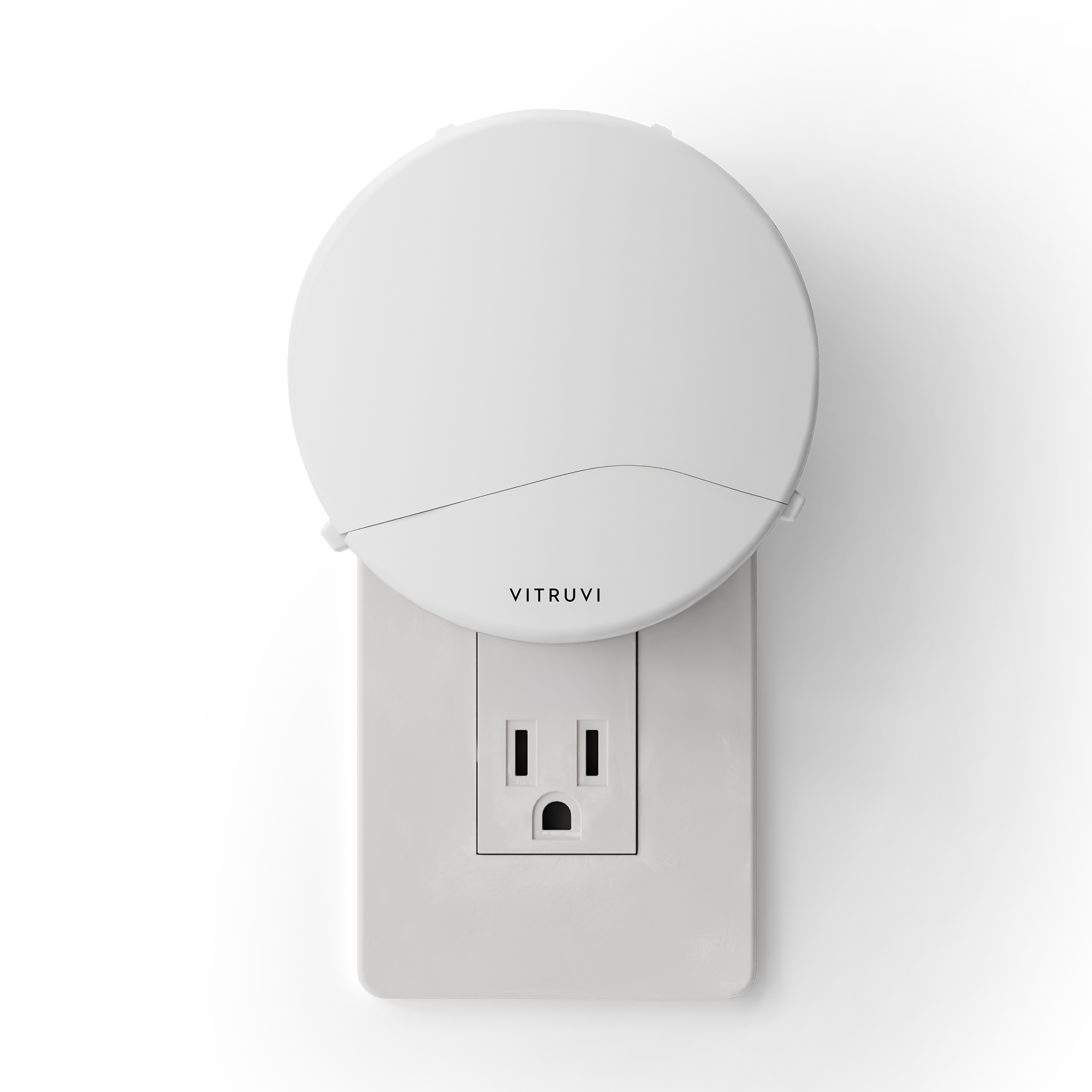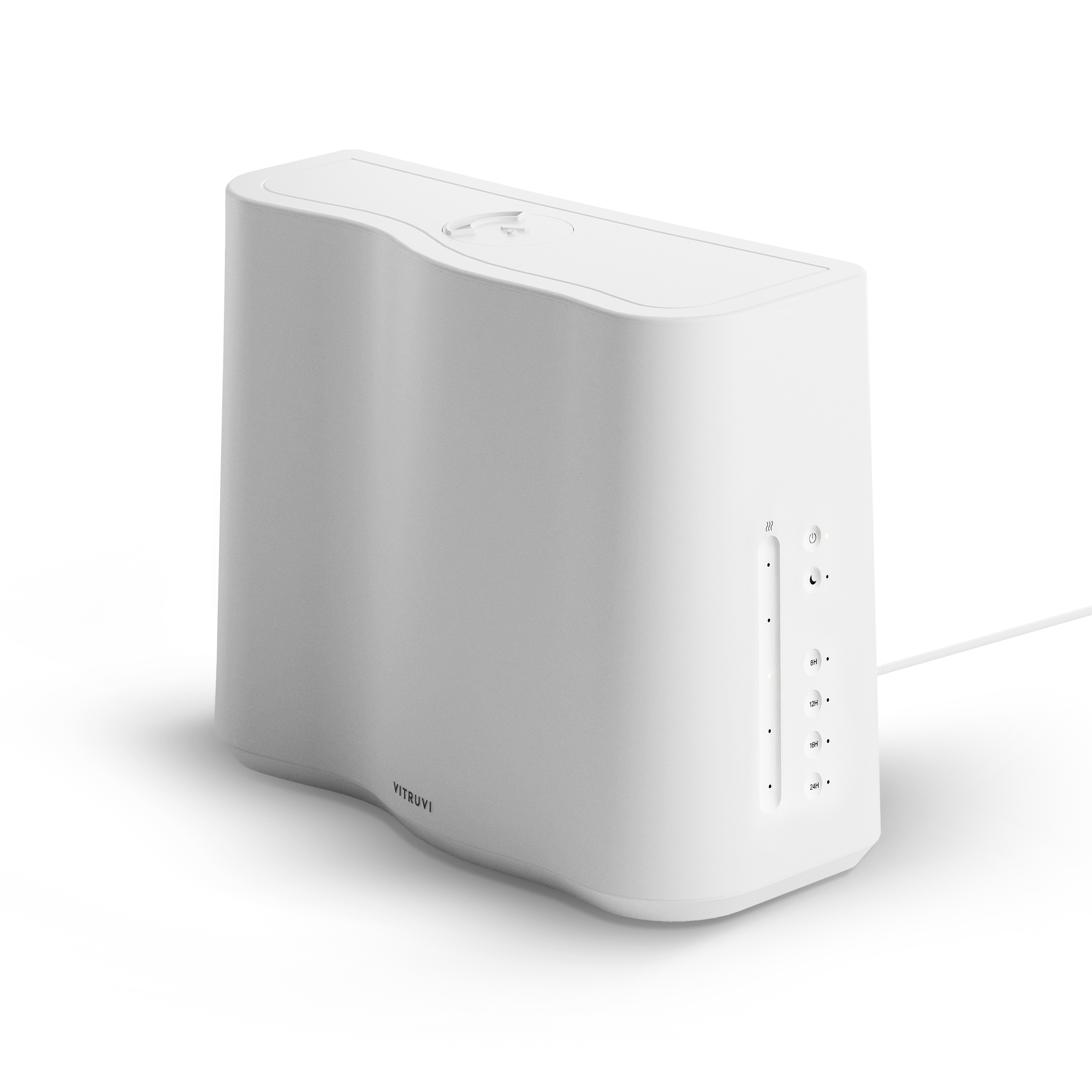Parenting is a humbling exercise—a mix of balancing too much instruction and trying to raise good humans, all while keeping up with every non-kiddo-related responsibility. To demystify at least one complex topic for parents, we’ve set out to tackle the question of humidifier use for babies and toddlers. There is so much information out there, so we’ve distilled it down for new parents with the help of Dr. Rebekah Diamond, a New York-based hospital pediatrician and an assistant professor of pediatrics at Columbia University.
Humidifiers are devices that release water vapor or steam to increase moisture levels in the air. Central humidifiers are built into the home’s actual heating or air conditioning systems and can help humidify the entire structure, while impeller humidifiers use a rotating disk to produce a cool mist. Ultrasonic humidifiers produce a cool mist using ultrasonic vibration, and finally, steam vaporizers and warm air humidifiers should be avoided with children, since the hot water used can cause burns. All of these types of humidifiers exist to help a space reach optimum humidity levels, which can shift with the seasons. Generally, 40 percent to 60 percent humidity is the recommended range—a level that can be tested with a simple tool called a hygrometer or humidity sensor.
Humidifiers exist to solve the problem of dry indoor air. According to Diamond, they can help make the air more comfortable, especially in winter. This issue can be due to heaters that can make the skin, the lining of the nose, and the throat dry. It’s important to note, however, that “dry air alone is unlikely to cause some sort of big medical problem like eczema, cold, or allergies,” says Diamond. She wants it to be clear that humidifiers are not mandatory, but that they can be part of a more extensive arsenal in helping manage seasonal skin and breathing issues.
Diamond expands, adding that there are stylistic differences among pediatricians; some may recommend a humidifier while others may suggest a warm steam shower. Humidifiers could definitely be helpful in certain situations, she says—they “can be helpful but are not a must-have for anyone. It’s more about comfort, though they can be useful when kids have colds or certain conditions.” In her experience, humidifiers are used the most or most recommended when bronchiolitis (what she described as a bad baby cold) is the issue. She summed it up by explaining that “humidifiers can be helpful in situations where kids’ skin or respiratory tract benefit from more moisture. Some kids, but not all, with eczema or asthma that’s triggered by dry air, feel more comfortable with humidifiers.”
But, no matter their intended use, there’s one thing parents need to remember about humidifiers for babies and toddlers: they must be cleaned regularly and properly to avoid buildup. Overall, Diamond summarizes her professional opinion about humidifiers as such: “They’re optional and should be used as another tool for skin and respiratory comfort, not another source of stress. If they’re something your family enjoys using, finds helpful, and you keep clean, that’s great.”
Disclaimer: As always, please consult with your local health care provider for all medical questions.



